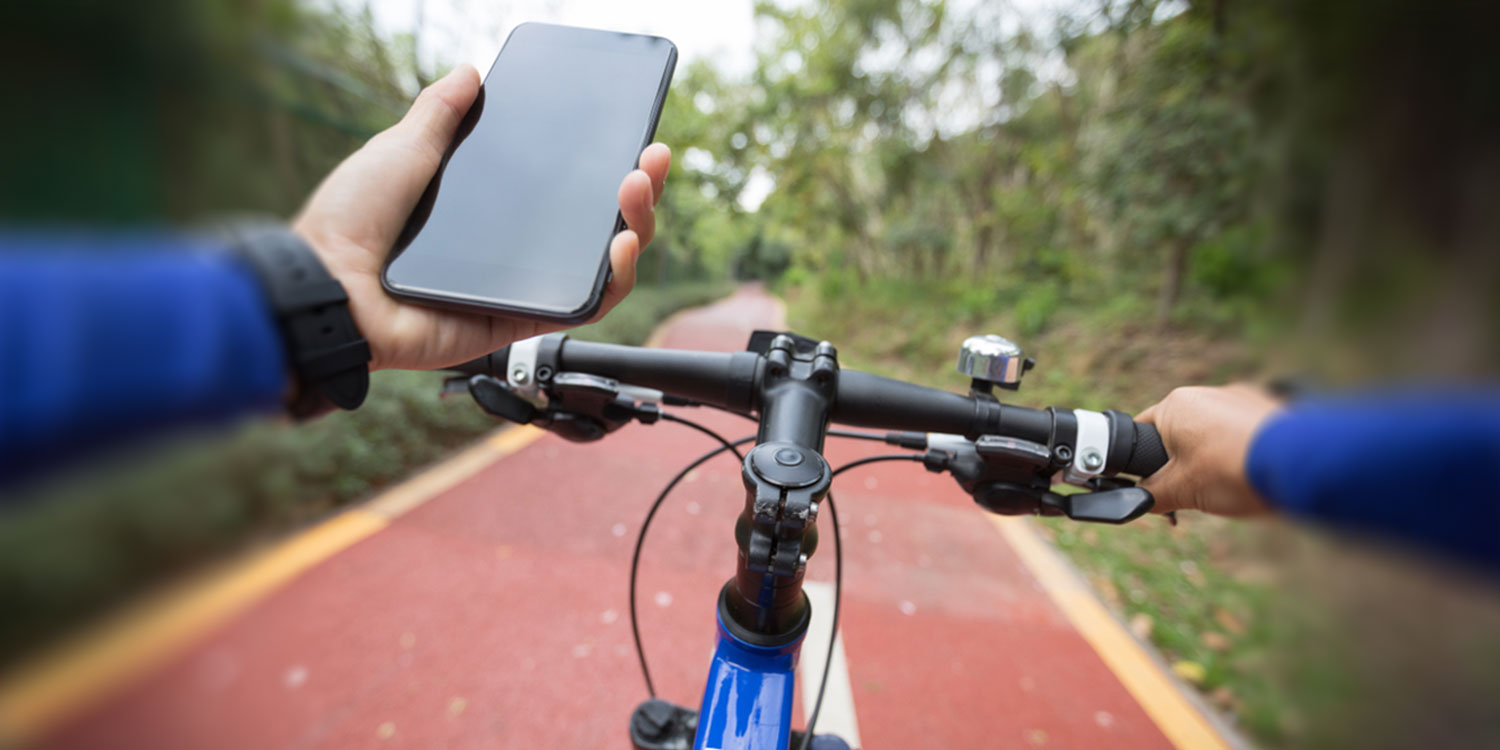The cycling experience today is nothing like before. Thanks to technology, we can have a smarter, better, and more informed journey on two wheels. Learning about our ride metrics, the best routes, and fitness performance is all possible due to the many mobile apps out there. They are the doorway to optimizing your cycling performance.
The good news is that you don’t have to break the bank to reap the benefits of cycling apps, as most of them are free to download.
With some help from the mountain bike division at Leisure Lakes Bikes, we’ve rounded up the best cycling apps for iPhone that target performance, route navigation, and fitness.
(For even more recommendations, check out our Premium-tier cycling roundup – it goes into even more detail on twice as many apps.)
The best app to help cyclists get fitter: Wahoo Fitness
Tracking performance and planning routes are essential for your biking journey. But if you also want to focus on getting in shape, then a fitness app will help you improve your progress.
The best app that cyclists are using to get fitter is Wahoo Fitness. It gathers and analyzes data on distance, elevation, speed, heart rate, power, and much more. Moreover, the app is designed to give you the full cycling experience through its integration with other useful apps, such as Strava, MyFitnessPal, and TrainingPeaks. It can also be connected to Bluetooth sensors, such as speed sensors, progressive power meters, and heart rate monitors.
You don’t like the interface of the app? Then you can easily customize it. The best part is that it’s completely free.
For tracking your performance and socializing: Strava
If you’re in the cycling community, you’re most likely familiar with Strava. The app has over 50 million downloads for a reason.
It’s the cycling tracking app that covers pretty much all aspects of cycling. Think of it as a cycling computer available on your mobile phone. It’s ideal for avid mountain bike riders and all cycling enthusiasts.
The free version tracks various ride metrics, such as speed, time, distance, elevation, route, and even calories burnt. To give an extra morale boost, the app shows if you’ve set a record on one of the Strava segments at the end of your ride.
The paid version allows a little bit more. You can access and analyze advanced ride metrics, look at your personal training log, heat maps, safety beacons, live segments, and use a route builder.
But the feature that sets Strava apart from the rest of the performance-tracking apps is its social component. Just like on Facebook or Instagram, you can follow friends and build your online cycling community. You can see where they’re cycling, how they’re performing, and engage through comments, kudos, and photos.
Leading the way in route planning and navigation: Google Maps
Long gone are the days of paper maps. Today, an array of mobile apps plan our route from A to B and navigate us.
The app that’s leading the way in navigation and route planning for cyclists is Google Maps. Although the app hasn’t traditionally been associated with cyclists, in 2010, it added its cycling-specific functionality and has since massively developed its features. It now includes elevation profiles and real-time updates to docked bike-share availability.
In a blog post about the cycling updates, Google Maps’ Product Manager Vishal Dutta wrote: “To give you the most up-to-date bike route, we use a combination of machine-learning, complex algorithms, and our understanding of real-world conditions based on imagery and data from government authorities and community contributions.”
Cyclists are reaping the benefits of the updates and the continuously added bike lanes and routes. In 2020, Google reported a 69% increase in searches for cycling directions.
With this range of apps, you can take your cycling experience to the next level. Track and analyze your performance, plan your best route, and become an integral part of the cycling community through technology.

